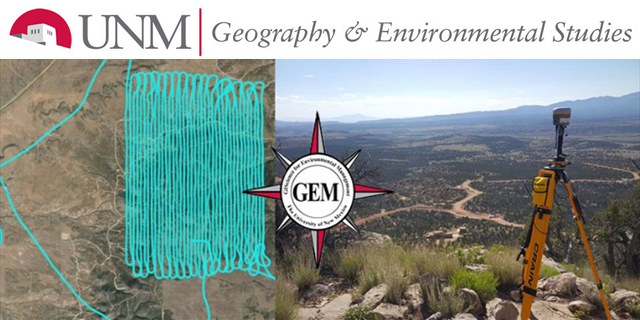
Geography ETDs
Publication Date
8-30-2011
Abstract
With the public acquisition of Valles Caldera National Preserve in 2000, Congress granted management to a Board of Trustees, a unique experiment in public land management. Ten years into the experiment, the trust model has been failing to meet certain management objectives and is under pressure by outdoor recreationists to provide greater public access to this treasured piece of land in New Mexico. Pressure has become so great that the United States Senators from New Mexico have introduced legislation, the Valles Caldera National Preserve Management Act, which would transfer management to the National Park Service. To address this blossoming issue, and to really understand what is happening on this highly treasured land, this research sets out explore the many attitudes and perceptions of the Valles Calderas recreationists. To gather the necessary data set, a survey questionnaire was developed and administered to recreationists of the Valles Caldera through a number of online mediums, posted flyers, and various on-site methods. At the time the surveys were closed to the public, 712 (36%) recreationists had responded to the survey. A detailed statistical analysis of the acquired data was then performed using Vaske's (2008) Potential for Conflict Index, the chi-square test, and other descriptive methods in order to help bridge the gap between these recreational perceptions and attitudes, and future management decisions on the Valles Caldera. The intent and purpose of this research is to provide future managers of the Valles Caldera, whoever that might be, with valuable information that can lead to management actions that appropriately reflect the needs of those using the Caldera for recreation. Further, this research offers the opportunity for the public to have their voice heard where it may not have existed otherwise. This research has identified recreationists' attitudes and perceptions towards public access, religious and cultural sites, environmental preference, crowding, livestock grazing. Preference for recreational activities and the amount of money recreationists are willing to spend to recreate are also discussed. More specifically, this thesis has revealed that all surveyed recreationists are dissatisfied with their current level of access to the Valles Caldera, and that there is a major split in respondent's preferences towards the protection of cultural and religious sites when it could limit access for recreationists. Results also identified that some groups favor or understand environmental values more than other groups, and that a majority of recreationists favor quality of experience over quantity. Research also found that livestock grazing does not diminish the recreational experience for most visitors. For numerous questions, recreationists were subdivided and analyzed by interest group and socio-demographic characteristics.'
Degree Name
Geography
Department Name
Geography
Level of Degree
Masters
First Committee Member (Chair)
Matthews, Olen Paul
Second Committee Member
Cullen, Bradley Thomas
Document Type
Thesis
Language
English
Keywords
outdoor recreation, public land management, Valles Caldera, potential for conflict index
Recommended Citation
Gagnon, Matt. "The Valles Caldera: Recreationists' Perspectives on Access and Management." (2011). https://digitalrepository.unm.edu/geog_etds/11
